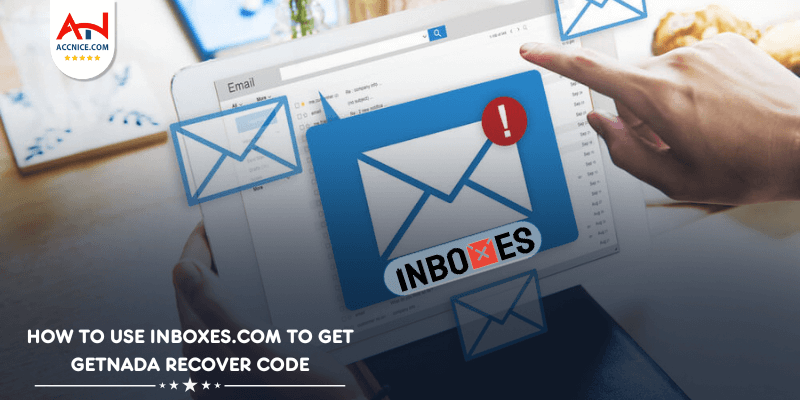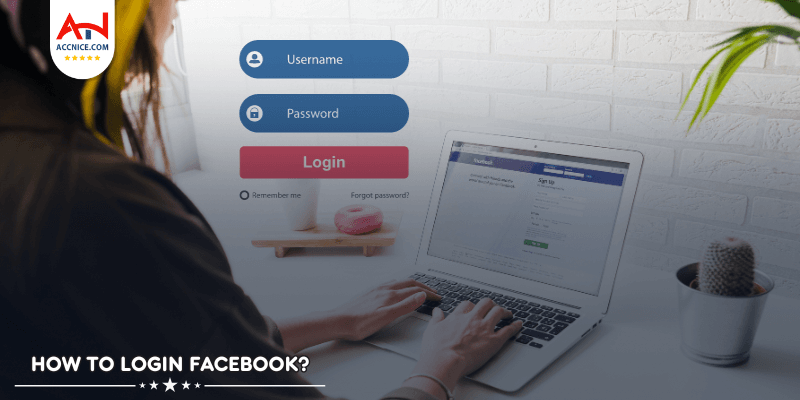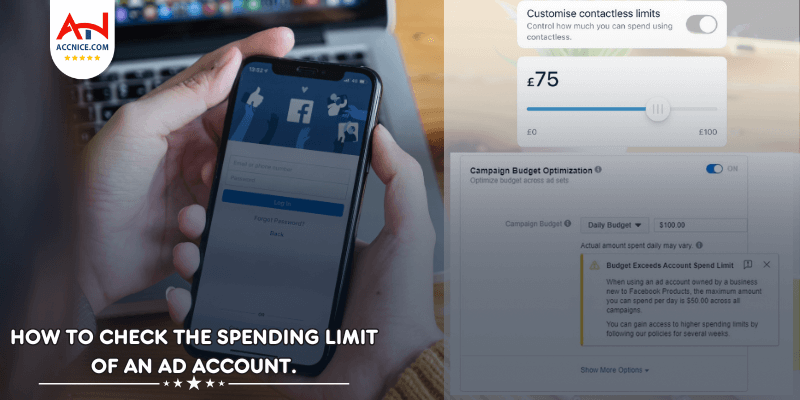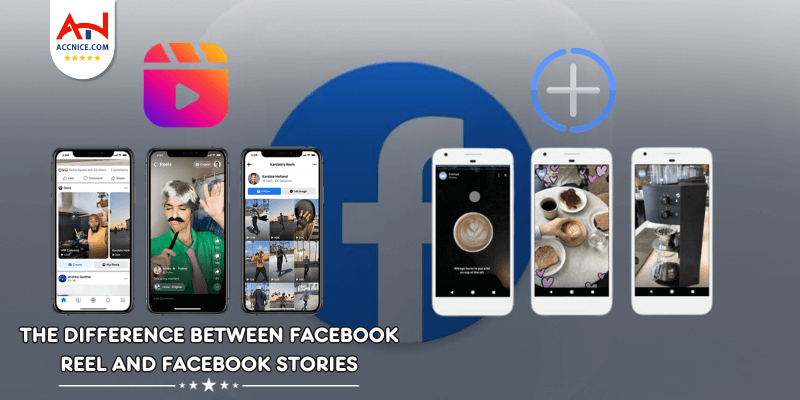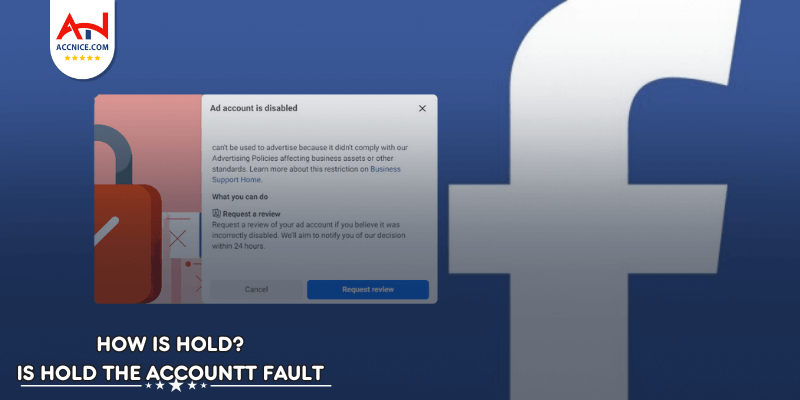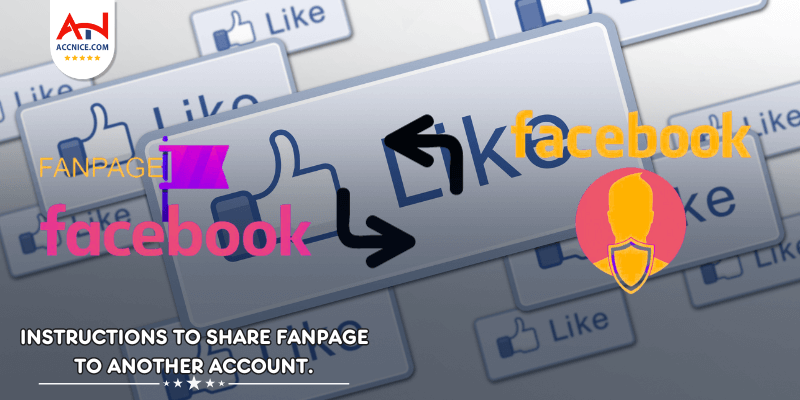
Facebook affiliate marketing can be a lucrative way to earn passive income. This guide by Accnice will walk you through the necessary steps to get started and succeed in affiliate marketing on this popular social media platform.

Affiliate marketing is a performance-based marketing strategy where businesses reward affiliates for driving traffic or sales through their marketing efforts. This marketing model allows companies to expand their reach and drive more sales without upfront costs for marketing efforts. Instead, affiliates, who can be individuals or companies, promote the business's products or services using unique affiliate links provided to them.
Affiliates typically use a variety of channels to market these products or services, including blogs, social media, email marketing, and websites. Each time a customer clicks on an affiliate's link and completes a desired action, such as making a purchase or signing up for a service, the affiliate earns a commission. This commission structure motivates affiliates to generate high-quality leads and sales, benefiting both the affiliate and the business.
Key components of affiliate marketing include:
Facebook is an ideal platform for affiliate marketing due to its massive user base and advanced targeting options. Here are some reasons why you should consider Facebook for your affiliate marketing efforts:
With over 2.8 billion monthly active users, Facebook provides access to a vast audience, allowing you to reach potential customers from all over the world. This extensive reach increases the chances of your affiliate links being seen and clicked on, leading to more potential sales and higher commissions.
Facebook's advanced targeting options enable you to reach specific demographics, interests, and behaviors, ensuring your affiliate promotions are seen by the right people. You can create highly targeted ad campaigns based on factors such as age, gender, location, interests, and even online behavior. This precision helps maximize the effectiveness of your marketing efforts, resulting in higher conversion rates and better ROI.
Facebook offers various engagement tools such as posts, videos, and live streams, helping you connect with your audience and build trust. By regularly interacting with your audience through these tools, you can foster a sense of community and loyalty. This engagement can lead to higher conversion rates, as people are more likely to purchase products or services from someone they trust. Additionally, engaging content can be shared by your followers, further extending your reach and potential customer base.
Facebook's advertising platform is highly cost-effective, allowing you to set your budget and control your spending. You can start with a small budget and gradually increase it as you see positive results. The platform also provides detailed analytics and performance metrics, enabling you to optimize your campaigns for better outcomes. This cost-effective nature makes Facebook an attractive option for affiliate marketers looking to maximize their profits without significant upfront investment.

To get started with affiliate marketing on Facebook, you need to set up your account and create a professional presence. Follow these steps:
Go to Facebook and click on "Create" in the top right corner.

Selecting the right products to promote is crucial for your success in affiliate marketing. Here are some tips to help you choose:
Choose products that are relevant to your niche and audience. Promoting products that align with your audience's interests will increase the likelihood of conversions. Understanding your audience's needs and preferences is key; the more closely a product matches these, the more successful your marketing efforts will be. For example, if your niche is fitness, promoting health supplements or workout gear would be a natural fit.
Promote high-quality products from reputable brands. Your credibility is on the line, so it's essential to recommend products that provide value to your audience. Before committing to a product, consider trying it yourself or researching reviews to ensure it meets high standards. High-quality products lead to satisfied customers, which can result in repeat sales and positive word-of-mouth for your recommendations.
Consider the commission rate offered by the affiliate program. While higher commissions are attractive, ensure the product's price and value justify the effort you put into promoting it. A higher commission on a low-priced item might not be as beneficial as a lower commission on a high-priced item. Balance the commission rate with the potential sales volume; sometimes, products with lower commissions but higher sales potential can be more profitable.
Look for affiliate programs that offer strong support and resources to their affiliates. This can include marketing materials, training, and dedicated affiliate managers who can help you optimize your campaigns. A well-supported affiliate program can make it easier for you to succeed and grow your earnings.
Research the demand for the products you are considering promoting. Products with high market demand are more likely to generate sales. Use tools like Google Trends, keyword research, and market analysis to determine the popularity and growth potential of a product. Focusing on trending or evergreen products can help sustain your affiliate marketing efforts over the long term.
Analyze the competitive landscape for the products you want to promote. If a product is highly competitive, it might be harder to achieve high conversions without significant marketing efforts. Conversely, a product with less competition might offer a unique opportunity to dominate a niche market. Assess the competition and determine if you have the resources and strategies to stand out.

Content is king in affiliate marketing. Here are some content ideas to help you promote your affiliate products effectively:
Write detailed reviews of the products you are promoting. Include pros and cons, personal experiences, and how the product can benefit your audience. A thorough review should cover the product's features, functionality, and overall performance. By sharing your honest opinion and personal anecdotes, you can build credibility and help your audience make informed purchasing decisions.
Create tutorials and how-to guides that demonstrate how to use the products. This type of content provides value and helps build trust with your audience. Step-by-step instructions, accompanied by images or videos, can make complex products easier to understand and use. Tutorials not only educate your audience but also highlight the practical benefits of the products you are promoting.
Compare different products within the same category. Highlight the features, benefits, and drawbacks of each product to help your audience make informed decisions. Comparison posts can position you as an expert in your niche and provide your audience with valuable insights into which product might be the best fit for their needs. Use charts, tables, and side-by-side images to make comparisons clear and easy to follow.
Create listicles and roundup posts featuring multiple products. Titles like "Top 10 Best Fitness Gadgets of 2024" or "5 Must-Have Kitchen Appliances" can attract readers looking for curated recommendations. These posts can drive traffic and conversions by presenting a variety of options to your audience in an engaging format.
Share case studies and success stories showcasing how the products have positively impacted users. Real-life examples and testimonials can add authenticity to your content and encourage potential customers to trust your recommendations. Highlight specific results and measurable benefits to make these stories compelling and relatable.
Create content that aligns with seasonal trends, holidays, or current events. For example, you could write about "Best Outdoor Gear for Summer Adventures" or "Top Tech Gifts for the Holidays." Timely content can attract readers who are actively looking for products related to upcoming events or seasons, increasing the chances of conversions.
Incorporate interactive content like quizzes, polls, and calculators to engage your audience. For instance, a quiz titled "Which Skincare Product is Best for Your Skin Type?" can be both fun and informative, guiding users toward products that suit their needs. Interactive content can boost engagement and keep visitors on your site longer, increasing the likelihood of conversions.
Facebook Ads can significantly boost your affiliate marketing efforts. Follow these steps to create effective ads:
Choose an objective that aligns with your marketing goals, such as traffic, conversions, or engagement. Clearly defining your objective helps Facebook optimize your ad delivery to achieve the desired results. For example, if your goal is to drive sales, select the "Conversions" objective, which will target users who are more likely to purchase.
Use Facebook's targeting options to define your audience based on demographics, interests, and behaviors. You can create custom audiences by uploading customer lists, using website traffic data, or targeting users who have engaged with your content. Precise targeting ensures that your ads are shown to people who are most likely to be interested in your affiliate products, increasing the chances of conversions.
Write engaging ad copy that highlights the benefits of the product and includes a clear call-to-action (CTA). Your ad copy should be concise, persuasive, and tailored to your target audience. Use strong headlines, compelling visuals, and emphasize the unique selling points of the product. A clear CTA, such as "Shop Now" or "Learn More," guides users on the next steps to take.

Regularly analyze your performance and optimize your strategies for better results. Use Facebook Insights and other analytics tools to track your progress.
Keep an eye on metrics such as reach, engagement, click-through rates (CTR), and conversions to understand how your content and ads are performing. Monitoring these metrics helps you identify which ads are successful and which ones need improvement. For example, a low CTR might indicate that your ad copy or visuals are not resonating with your audience.
Conduct A/B tests to compare different versions of your ads and content. This helps you identify what works best and make data-driven decisions. Test different elements such as headlines, images, ad copy, and CTAs. By analyzing the results, you can optimize your ads for better performance and higher conversion rates.
Conclusion
Affiliate marketing on Facebook can be a rewarding venture if done correctly. By setting up your account, choosing the right products, creating engaging content, utilizing Facebook Ads, and continuously analyzing your efforts, you can build a successful affiliate marketing business on this platform. Consistency and optimization are key to maximizing your success and achieving your marketing goals.




